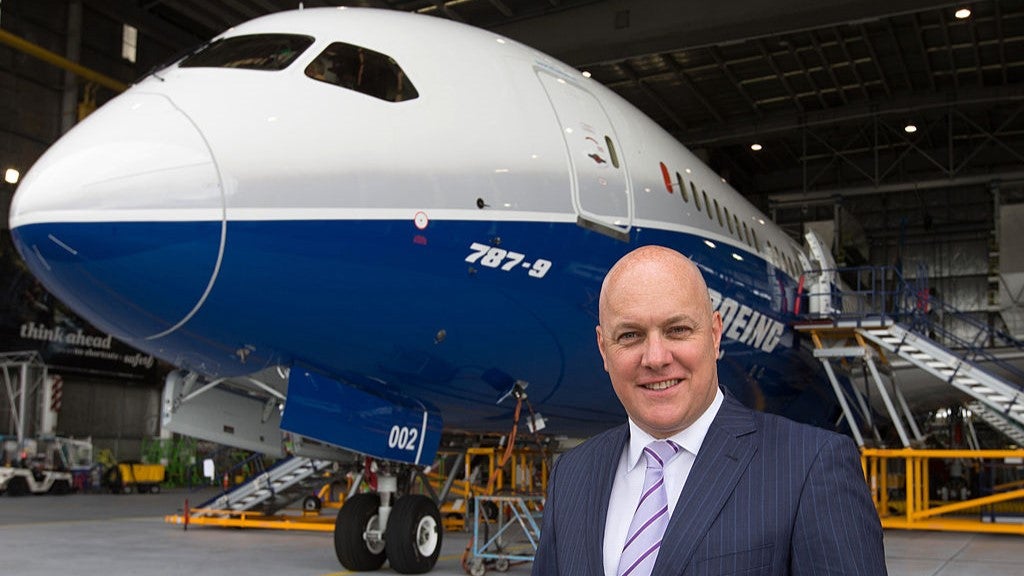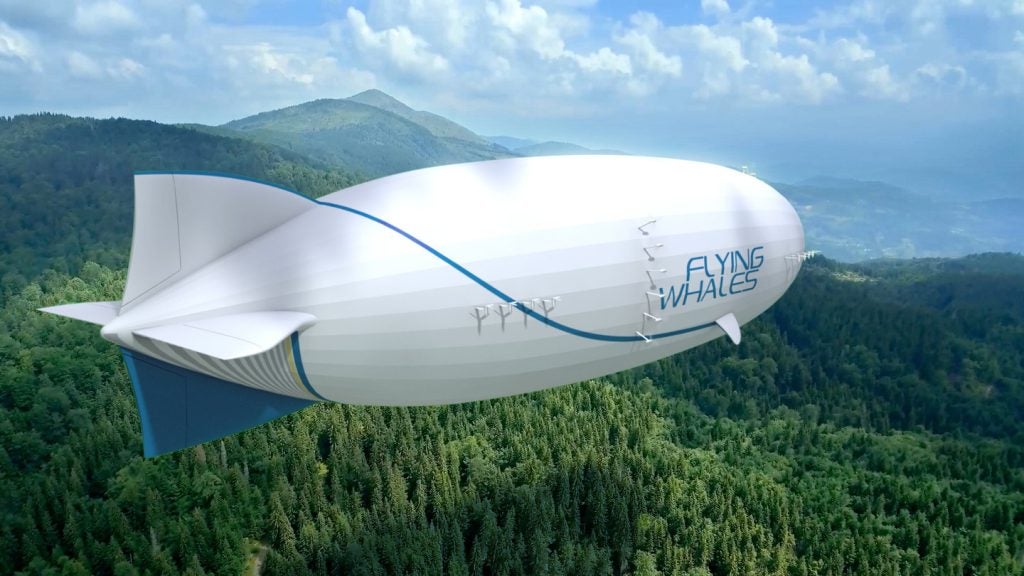
By 2013 demands on US airspace are expected to increase by 30%. To handle this in the safest, most efficient manner is a huge challenge, which falls within the remit of the FAA.
The FAA is achieving its targets by rethinking how it operates. It is working more like a business now with clearly defined goals and expectations. The FAA is aware of its responsibility to its stakeholders, whose businesses rely on moving billions of dollars in goods and people around the globe safely and efficiently.
It is also working with industry stakeholders to develop plans and harness exciting new technologies for the future that will increase capacity, efficiency and safety across US airspace.
SHORT-TERM GOALS
To meet the immediate challenges of increased demand on airspace, the FAA has launched the Operational Evolution Plan (OEP), which will increase efficiency and promote safety.
See Also:
The OEP is on track to reduce delays at 35 major airports around the country, including those that are vital to the whole system, such as Chicago’s O’Hare Airport, New York’s John F Kennedy International Airport and Hartsfield-Jackson Atlanta International Airport.
How well do you really know your competitors?
Access the most comprehensive Company Profiles on the market, powered by GlobalData. Save hours of research. Gain competitive edge.

Thank you!
Your download email will arrive shortly
Not ready to buy yet? Download a free sample
We are confident about the unique quality of our Company Profiles. However, we want you to make the most beneficial decision for your business, so we offer a free sample that you can download by submitting the below form
By GlobalDataOne way the FAA is meeting its targets is by building new runways. Since 1999, 11 have opened at many of the busiest airports, including one at Hartsfield, the busiest airport in the USA. This has enabled the FAA to accommodate another 1.7 million annual operations.
The FAA is also employing more efficient airline procedures, such as domestic reduced vertical separation minima (DRVSM), which doubles capacity at high altitudes, saving millions of dollars in fuel. It is estimated that DRVSM could save airlines about $5bn by 2016, and possibly even more if fuel prices keep rising.
TAKING THE LONGER VIEW
Today around 700 million passengers use US airspace annually; by 2015 this is expected to rise to more than a billion. Over the next 20 years, present numbers could double or even triple. The only way that this can be managed for the long term is if plans are made now.
To achieve greater capacity in the future, the FAA has initiated the Next Generation Air Transportation System (NextGen or NGATS). NextGen is a complete system redesign that will reduce delays, improve aircraft management and maximise safety and efficiency. It will be a modern system capable of allowing travellers to choose how, where and when they want to travel, all the while making their experience as safe, reliable and hassle-free as possible.
The FAA cannot achieve such an ambitious project alone. Given the security and homeland defence realities of the post-9/11 world, the NextGen initiative includes security and national defence.
The FAA is collaborating with NASA and the Departments of Commerce, Homeland Security and Defense, and early progress in this multi-agency effort is encouraging. For example, the FAA is working closely and productively with the Air Force to deal with real-time airspace access issues, including how to accommodate the growing
numbers of unmanned aerial vehicles in the sky.
The Aerospace States Association, made up of lieutenant governors and governor-appointed delegates, became one of the initiative’s earliest champions, passing a resolution in early 2004 supporting NextGen.
The FAA has also been working with private sector stakeholders to give them a more prominent role in developing the NextGen system. The NGATS Institute includes manufacturers, the airlines and technology providers.
MEETING FUTURE DEMAND
The main objective of NextGen is to create a system that is flexible enough to encourage the exploration of new business models while ensuring safety. This objective meets a key recommendation of the Commission on the Future of the US Aerospace Industry.
Technology is critical to the success of this system. The future of air traffic control lies in automatic dependent surveillance-broadcast (ADS-B), which will employ satellites to keep planes at a safe distance from one another instead of using radars on the ground. ADS-B is already producing promising results.
Another technological development will use the small aircraft transportation system (SATS) to allow a whole new generation of safe and affordable small aircraft to operate in places where previously they did not have reliable access. NASA has already successfully tested SATS in a demonstration exercise through NextGen.
Meanwhile, Boeing has demonstrated the contribution that network-enabled operations (NEO) will make to the NextGen system. Organised with the Department of Defense and other partners, this project aims to provide a platform enabling everyone with a stake in the air transportation system to have real-time, simultaneous access to the same data.
Although the challenges are considerable, rapid progress is being made. The FAA is expanding capacity, advancing cutting-edge technologies and pouring new concrete for runways. It is on track to meet growing traffic demands and is looking forward to a very exciting future.







